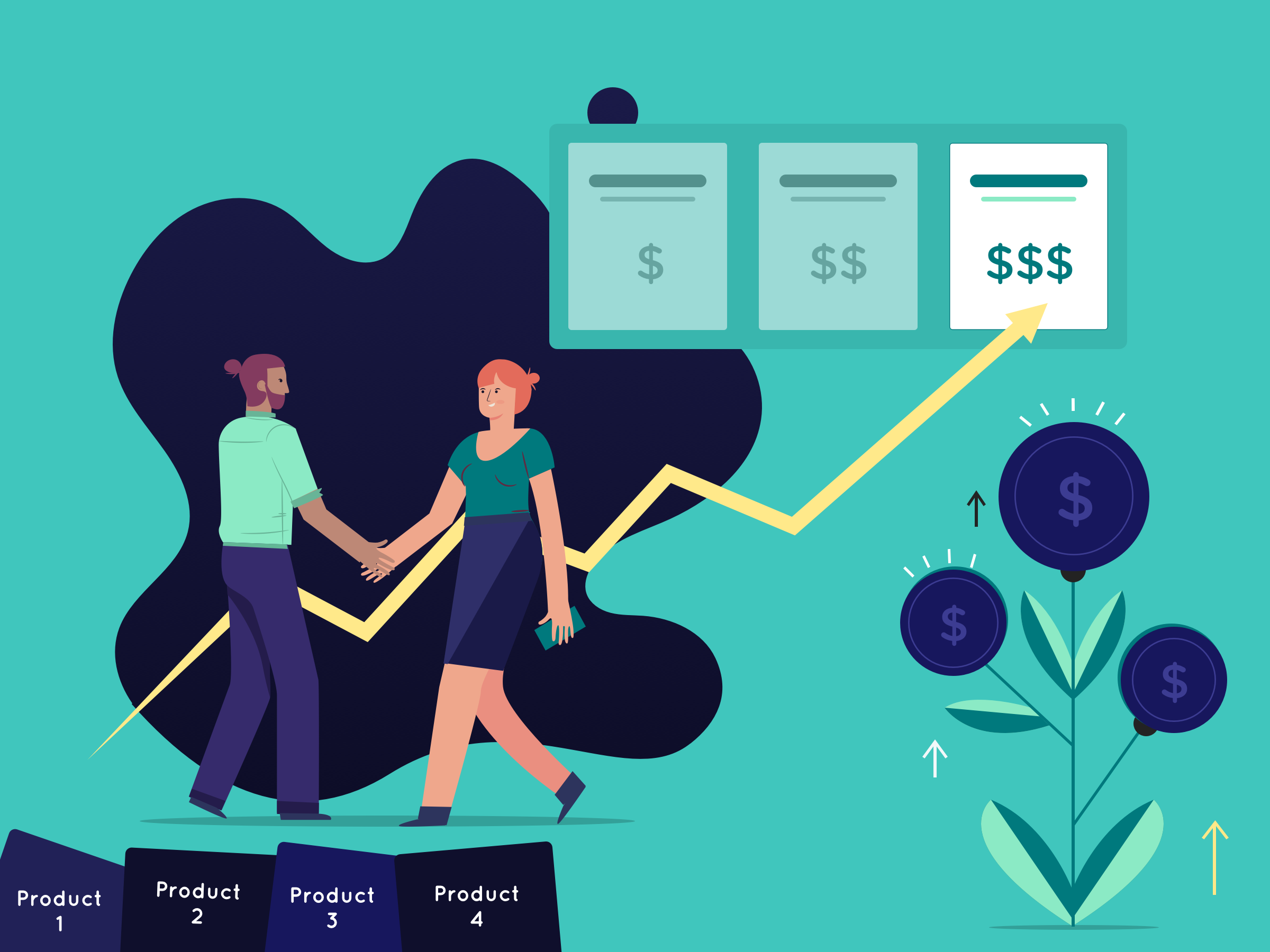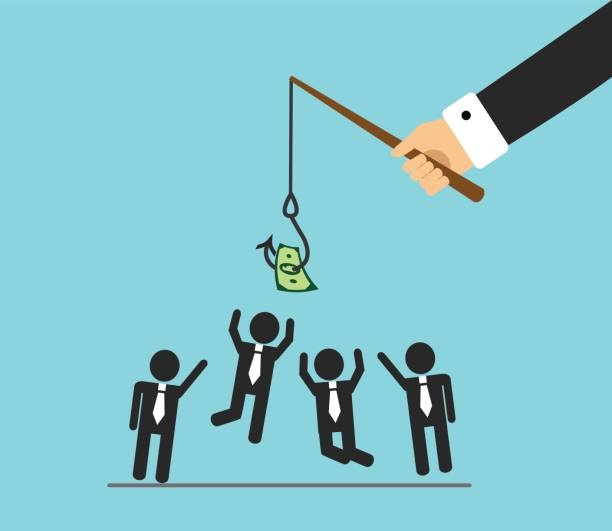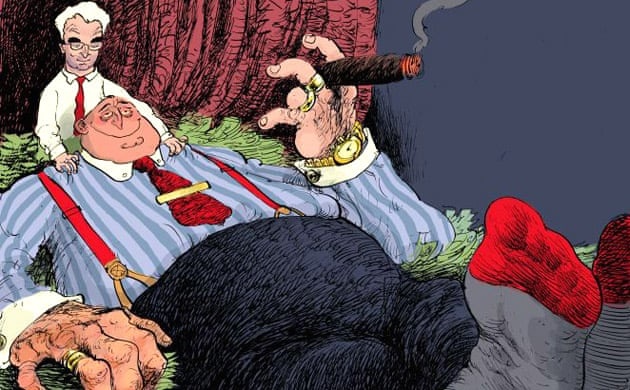6 Ways Your Bank Can Steal Your Money

Dec 23 | 2019

We count on banks to keep our money safe, but that’s not really what they’re best at. The financial sector has doubled as a portion of the economy in recent decades, and that’s not because they’re so good at putting your needs first. It’s their job to put your money to work for themselves, and if you aren’t careful, they will do everything short of turning you upside down to catch the change that falls out of your pockets. Here are six ways that your bank can turn your money into theirs.
 Upselling
Upselling
Anyone who’s worked in retail or fast food should be familiar with the upsell. “You should really get the warranty for that.” “The large is only 89 cents more.” “Sure, eight inches is probably enough… but with the 10-inch you know you won’t be disappointed.” But banks have taken that game to the next level. All you have to do is upgrade to a deluxe savings account and you can get compound interest, add the platinum credit card with a higher limit, and a free toaster. Just read this 30-page contract which lays out that the credit card interest doubles after 30 days, but as long as you always keep your account balance above $1,435, and do five PIN transactions and seven signature transactions each month, and never make a withdrawal on a Tuesday, you’ll never be hit with any massive…
 Fees
Fees
Do you want to use an ATM for a different bank? That different bank is going to charge you a fee, but guess what? So is your bank. Why? Because they can. Were you not ready for that? Maybe you’re cutting it close before your next paycheck? Well now you’ve earned yourself an overdraft fee, which is to say that you ran out of money, so your bank is going to charge you $35. Unless you also use that card to buy a pack of gum. Then it’s another $35. Your monthly Netflix charge comes through the same night? That’s another $35. Some rich asshole actually cashes the 13-cent check that you wrote as a joke? $35. Good luck hanging onto your paycheck with all these fees racking up! With very few limits on banking fees, is it any wonder they’ve been shooting through the roof?
 Fake Accounts
Fake Accounts
The Wells Fargo fake account scandal became huge news when it was revealed that their sales staff was being pressured to meet quotas that basically guaranteed they would be adding accounts for customers that didn’t want them. But Wells Fargo was caught, they paid the fines, and they launched a tonedeaf apology campaign. So, story’s over, right? Not quite. Turns out that if banks can do some sneaky fraud and not get caught, they absolutely will. Wells Fargo is not the only culprit. You could have fake extra accounts feeding off your real one right now.
 Predatory Loans
Predatory Loans
If you were a bank, and you didn’t want to limit yourself to making loans only to customers who could afford to pay those loans back, what would you do? If you answered, “Give out predatory ‘subprime’ loans with surprise balloon rates,” congratulations! You just triggered the 2008 Housing Crash. And if you thought that banks would have learned their lesson, you obviously don’t know that they’ve been doing the exact same thing with car loans. And now car loans are going into default at record rates. Which is a great sign of things to come…
 Bailouts and Subsidies
Bailouts and Subsidies
Well, at least if the banks set us up for another financial crisis, they’ll face the consequences, right? Hahahaha! Good one. The great thing about the growth and consolidation of the banking industry is how many banks are now “too big to fail.” And they have such powerful lobbies that regulation is not even on the table. The result is that banks can use your money to be as reckless and risky as they want, and if anything goes wrong, they can count on taxpayer money to come to the rescue. And on top of that, they also get some annual government subsidies, just for being who they are. Cool.
 Wage Theft
Wage Theft
If you thought it was only customers and taxpayers who were getting ripped off by the banks, you thought wrong. Even the bank employees are getting their pockets picked in the form of wage theft. Banks are some of the worst culprits in terms of withholding overtime pay.
So the next time your bank is ripping you off and you call to complain, remember not to direct your rage at the employee on the other end of that call. Just take a deep breath, close your account, then pull up a floorboard to squirrel away your cash.










